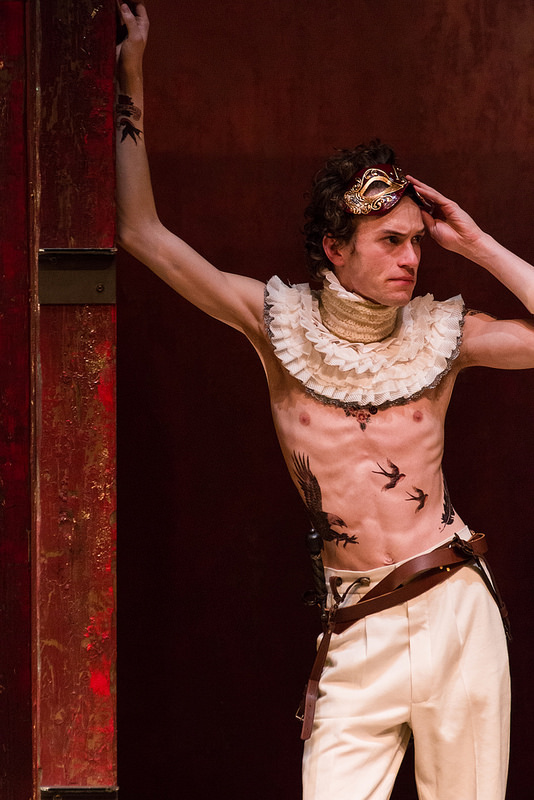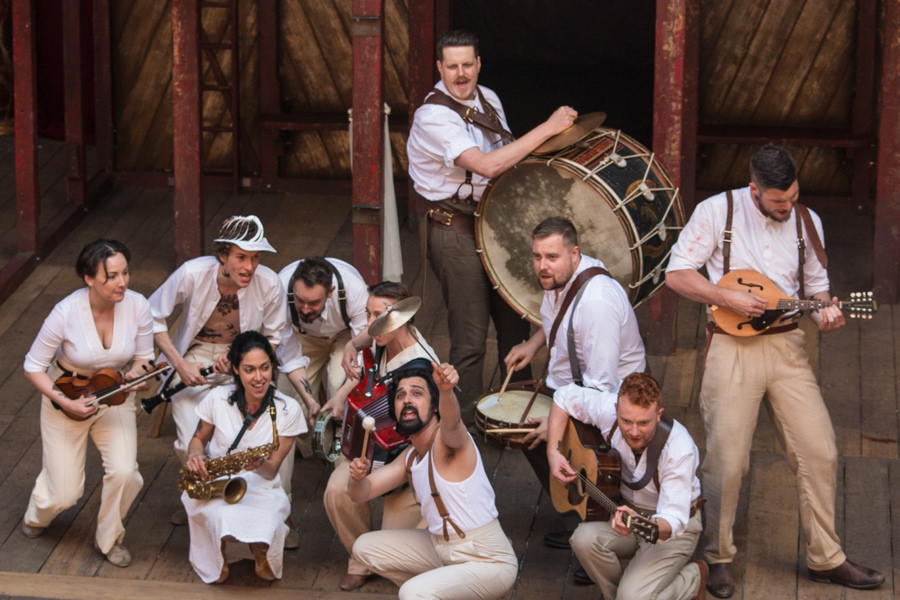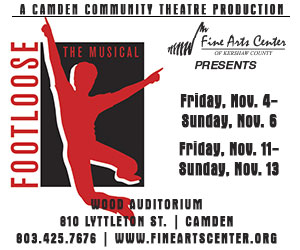There I sat, at the tender age of seven, watching Baz Luhrmann’s 1990s adaptation of Romeo and Juliet while following along with the text to make sure the actors didn’t veer too far from the source material.
During my most awkward stage, at the age of 13, I went to the local high school’s production of the same classic play after reading it in class.
At 16, I saw a talented friend of mine, Danielle Peterson, beautifully perform the titular female role in the Lab Theatre at USC.
In the height of my teenage angst, at the age of 17, I watched Luhrmann’s rendition again on Valentine’s Day because “love isn’t a reality,” and because it had become a personal favorite of mine throughout the years.
Fast forward to May 2015 and I’m experiencing the Globe Theatre’s touring production of the same play that had so ingratiated itself into my life at Charleston’s Spoleto Festival and I am in awe.
Most every moderately educated person in the world knows the tale of the star-crossed lovers who (spoiler alert) commit suicide to preserve their love despite their families’ brawling hatred for one another. This allows great room for interpretation when producing the renowned play, as most Shakespearian works do. Directors Dominic Dromgroole and Tim Hoare masterfully crafted this production for Shakespeare’s Globe Theatre’s travelling company and had a brilliant cast to support their concept.
With just a cast of eight, on a bare-bones set, and with simplistic costume pieces similar to an indie-folk band’s attire with some added Shakespearian accents, the directors were able to transform the stage and present the text so eloquently.
Each actor, sans the two portraying the titular roles (Samuel Valentine and Cassie Layton), assumed multiple parts, distinguished by their garb, accents, and physicality. This automatically sparked my interest as I tried to find the pattern in which the directors grouped characters for each actor. Seemingly, with the patterns I detected, the pairings either highlighted the juxtaposition between characters, or the vast thematic similarities between them.
Steffan Donnelly took on the roles of Mercutio, Prince, and Apothecary, representing a character in control of the immediate present, a character in control of life, and a character in control of death. Matt Doherty adopted the roles of Tybalt, Paris, and Lord Montague, all of which are men who hinder Juliet’s pursuit of Romeo; Tybalt for his hate, Paris for his own pursuits, and Lord Montague for his name. Steven Elder played Lord Capulet and Friar John (the Friar who failed to deliver the urgent message to Romeo), the two men directly culpable for Juliet’s failed love. Sarah Higgins portrayed Nurse, Lady Montague, and Balthazar and Hannah McPake portrayed Lady Capulet and the Chorus. These characters, while vastly important in the performances, are often victims of their circumstance. Finally, Tom Kanji adopted the roles of Friar Laurence and Benvolio, the two characters who act merely out of benevolence.
The minimalist aesthetic was visually and thematically pleasing. The set was a mere skeleton, enabling actors to move freely about the space without the restriction of location. This also played into the directors’ concept that Romeo and Juliet are representative of the whole world, not simply two young lovers. The uniform white, khaki, and oxford costumes each actor donned eased the flow when switching from character to character while matching the set’s rustic, earthy vibe.
The directors also cut the play so that scenes, featuring Romeo and Juliet’s separate lives, happen in tandem with each other. This allowed the audience to draw parallels between the young lovers’ expressed thoughts and ideas while also quickening the pace. One of the most impressive actions resulting from this tactic was a beautiful transition where Kanji changed from Friar Laurence to Benvolio before the audiences’ eyes at the drop of a robe.
Overall, the production was beautifully crafted with each actor a master of her and his performance. I was completely entranced for the entirety of the show, from beginning to end. While I am still merely in the beginning of my theatrical training and knowledge of Shakespeare, the little seven-year-old girl inside me following along with the text gave this production her seal of approval.
The production runs May 27-June 7. Call the Dock Street Theatre box office at (843) 577-7183 for tickets!








.jpg)